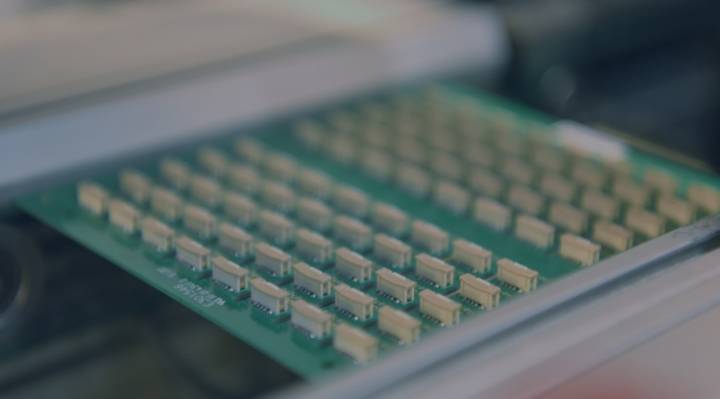Why DFM (design for manufacturing) and DFT (design for testing) Reports Are Critical for the Success of Your Product
In the electronics manufacturing services (EMS) industry, comprehensive reporting is paramount to ensuring the success of any product. Reports such as Design for Manufacturability (DFM) and Design for Testability (DFT) are essential tools that facilitate the seamless transition from design to production, optimizing both processes and outcomes. But why do we write these reports? Simply put, reports are written to identify potential issues early, streamline production, enhance product quality, and ultimately reduce costs and time-to-market. By systematically analyzing designs, DFM and DFT reports ensure that a product is not only feasible to manufacture but also easy to test, leading to higher efficiency and reliability in production.
What is a DFM Report?
A Design for Manufacturability (DFM) report is a crucial document that evaluates the manufacturability of a product's design, aiming to identify and address potential manufacturing issues before they arise. This preemptive approach ensures that the product can be produced efficiently and cost-effectively. DFM reports are typically carried out during the design phase, involving a comprehensive analysis of the design, materials, processes, and tooling requirements. This early intervention allows for necessary adjustments to be made, optimizing the design for manufacturability.
The DFM report is conducted by a team of experienced engineers, including design engineers, manufacturing engineers, and sometimes third-party consultants. These professionals evaluate various aspects of the design against manufacturing capabilities and constraints, ensuring the design aligns with practical production processes. The report includes detailed data on component selection and placement, material specifications, assembly processes, and tolerance analysis. From this data, conclusions can be drawn to recommend design modifications, identify cost-saving opportunities, and suggest process improvements to enhance manufacturing efficiency and yield.
What is a DFT Report?
A Design for Testability (DFT) report centres on ensuring the ease and effectiveness of testing a product both during and after its production. Its primary aim is to guarantee that the product can be tested thoroughly and efficiently, thus ensuring its functionality and reliability. Conducted during the design phase and revisited as needed throughout the production process, the DFT report involves a detailed evaluation of the design to identify test points, select suitable testing methods, and assess the feasibility of various testing techniques such as in-circuit testing, boundary scans, and functional testing.
The DFT report is prepared by a team of test engineers and design engineers who specialize in testing methodologies and comprehensively understand the product's design and functionality. The report typically includes data on test point analysis, test method selection, fault coverage analysis, and accessibility. From this data, the report provides recommendations to improve test coverage and fault detection, suggests design adjustments to facilitate better testing, and offers strategies to streamline the testing process, ultimately reducing time and cost.
Differences Between DFM and DFT
While both DFM and DFT reports are crucial for product success, they serve different purposes:
- Focus: DFM focuses on manufacturability, ensuring the product can be produced efficiently, while DFT emphasizes testability, ensuring the product can be tested thoroughly.
- Timing: Both reports are conducted during the design phase, but DFM is more concerned with production processes, and DFT is more concerned with testing processes.
- Outcomes: DFM aims to optimize manufacturing processes and reduce costs, whereas DFT aims to enhance test coverage and fault detection.
The Importance of Reporting
Reporting, particularly through DFM and DFT reports, is vital for several reasons:
- Early Issue Identification: Reports help identify and address potential issues early in the design phase, preventing costly changes later.
- Cost Efficiency: By optimizing designs for manufacturability and testability, reports help reduce production costs and increase yield.
- Quality Assurance: Thorough testing ensures that the final product meets quality standards and performs reliably.
- Time-to-Market: Streamlined production and testing processes result in faster time-to-market, giving a competitive edge.
Achieving Product Success
The ultimate goal of DFM and DFT reports is to ensure product success. By addressing manufacturability and testability early, these reports help create designs that are easier and more cost-effective to produce and test. This leads to higher quality products, reduced production times, and lower costs, all of which are crucial for achieving success in the competitive EMS industry. Therefore, understanding these reports' importance and integrating them into the comprehensive design and manufacturing process is pivotal to delivering top-quality products.






